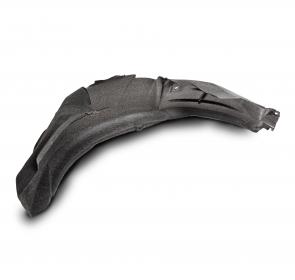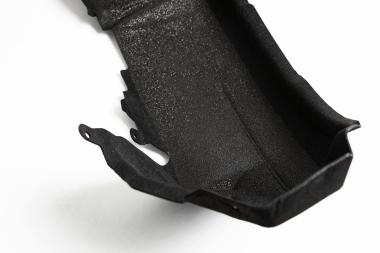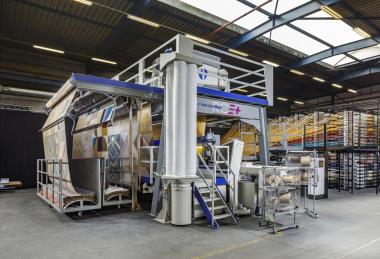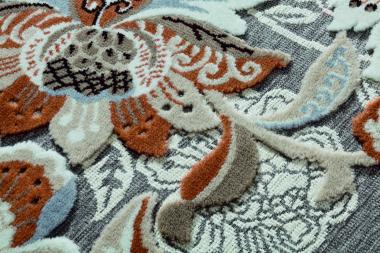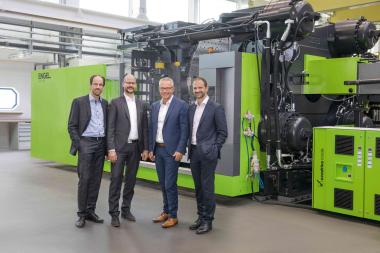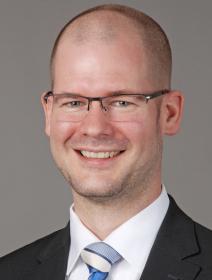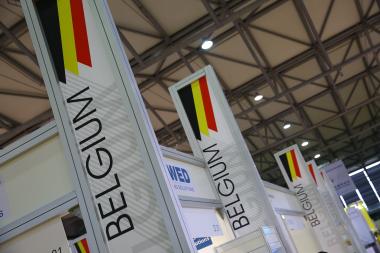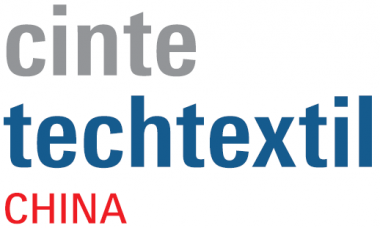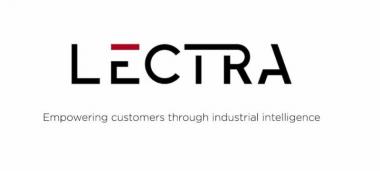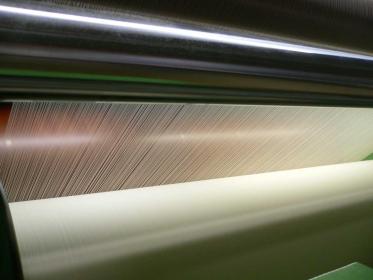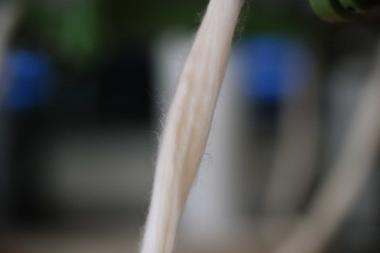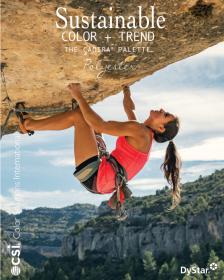Alpha-Liner: optimum protection against tire noise
With Alpha-Liner, Autoneum launches its first-ever textile wheelhouse outer liner that not only reduces tire noise substantially, but also convinces with low weight. This newest lightweight component ensures a quiet driving experience and also helps vehicle manufacturers meet current and future noise and emission limits. Alpha-Liner premieres at the “Automotive Acoustics Conference” which takes place in Zurich,
Switzerland, on July 9 and 10.
Alpha-Liner is the latest innovation from Autoneum – a multifunctional wheelhouse outer liner that reduces tire noise with high efficiency and thus makes the vehicle quieter and lighter. Alpha-Liner is based on Autoneum’s newly developed technology, with which noise absorption can be adapted to the specific requirements of the vehicle model for the first time. To achieve this effect, a thin coated surface is applied on the tire side. The porosity of the coating can then be controlled according to the necessary absorption properties, the bottom part of the wheelhouse outer liner requires stronger noise treatment, which maximizes acoustic absorption.


